TechRadar Verdict
The Nokia G50 is another sub-$300/£200 phone with 5G, and it benefits from solid build quality and clean software. Like its direct rivals, however, it makes several telling compromises to hit those next-gen network speeds. You really need to ask yourself how much 5G is worth to you before committing to any of these phones, but if you do, the Nokia G50 won’t let you down.
Pros
- +
Excellent two-day battery life
- +
5G connectivity for a low price
- +
Clean software
Cons
- -
Low-res 60Hz display
- -
Chunky design
- -
18W charging support, but only a 10W charger included
Why you can trust TechRadar
Two-minute review
Like the Xiaomi Redmi Note 10 5G and the Realme 8 5G before it, the Nokia G50 gives you a 5G-ready smartphone for a very low price. And like those two preceding phones, the Nokia G50 has to make a handful of compromises in order to meet its exacting brief.
Those compromises include an LCD display that, whilst big and bright, can only manage a 720p resolution and a 60Hz refresh rate. It’s hardly the best showcase for all that media content you’ll be streaming over 5G.
Still, those 5G capabilities mean more and more as time goes on. With 5G connectivity increasingly available, especially in and around urban centers, there’s starting to be a genuine use case for affordable phones that can access broadband-like speeds whilst out and about.
This still feels like a somewhat niche scenario, however. How many people with such a limited smartphone budget will have the kind of data allowance that permits them to make the most of 5G’s data-munching attributes?
While a Snapdragon 480 5G chipset is fine for general tasks, it might just prove the bottleneck here when you’re accessing a top-notch 5G connection.
The Nokia G50’s main camera is competent, and capable of taking decent 48MP shots, though its supplementary sensors aren’t up to much. It’s the usual affordable phone story, to be fair.
One area in which the Nokia G50 really excels, however, is battery life. With a 5,000mAh cell and relatively frugal components (5G modem aside), you can expect two days of usage out of a single charge under normal or moderate conditions.
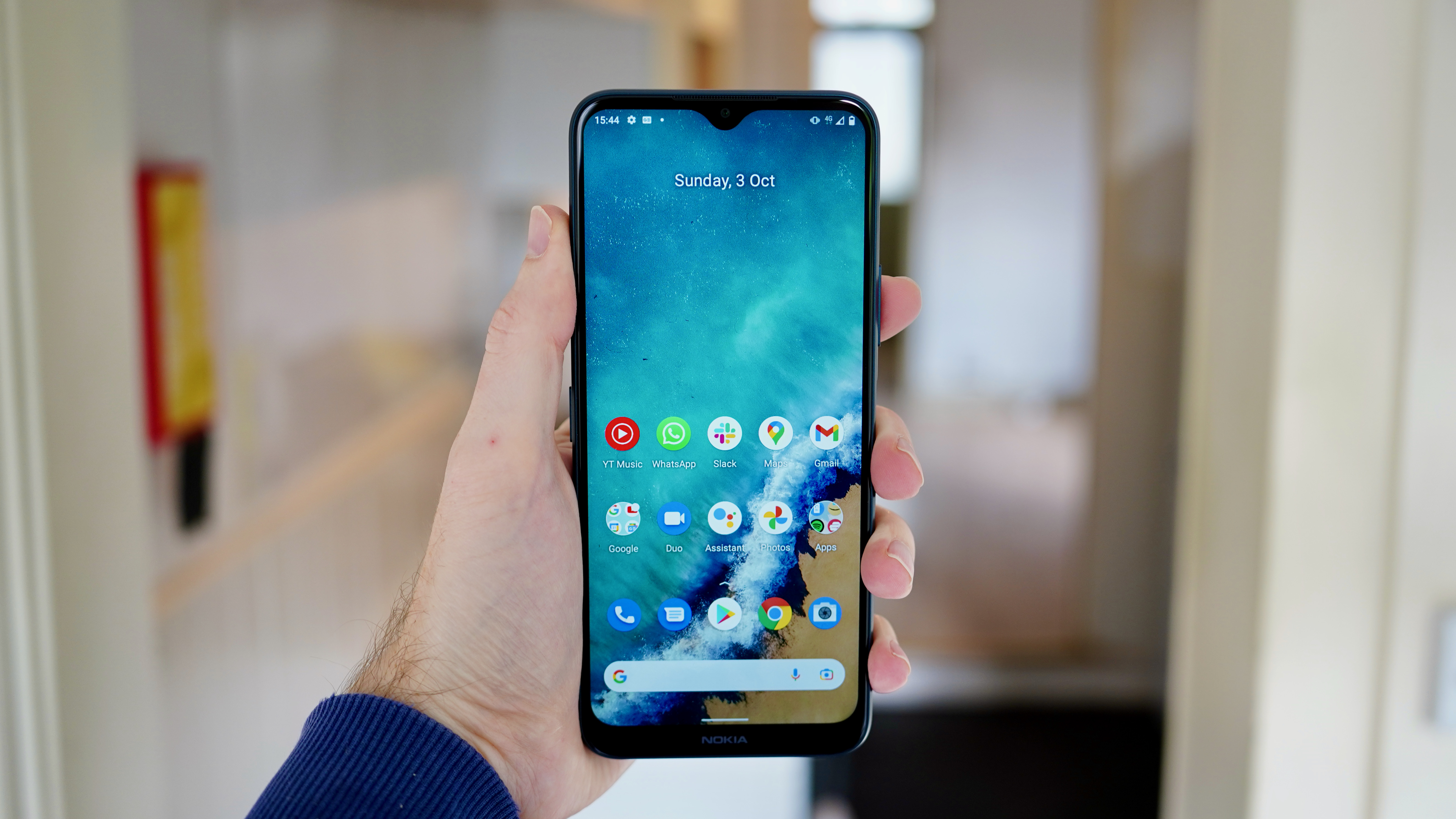
It’s a shame the promise of 18W charging support isn’t matched by the charger bundled into the box, which somehow feels a little deceptive. But it’s tough to pick a hole in the phone’s stamina all the same.
This is also a really well-built phone, with a metal frame and a luxurious smooth-touch plastic rear cover. This comes at the expense of easy portability, however, with a thick and unusually heavy body.
Nokia’s typically solid software offering is always welcome, with a crisp stock UI and a two-year Android update promise. In a market full of ugly custom UIs, the Nokia G50 stands out right alongside the Moto G50.
Ultimately, the Nokia G50 is a solid choice for anyone seeking to prioritize 5G connectivity on a $300/£200/AU$450 budget. But it’s far from alone in this specific sub-category, and it doesn’t really stand out from its similarly spec'd rivals.
Nokia G50 release date and price
- $299.99/£199/AU$449, with differing storage provisions
- Out now in the US, UK and Australia
The Nokia G50 is out now in the UK at a price of £199, which will give you 4GB of RAM and 64GB of storage. Over in the US and Australia, there's a model with 4GB of RAM and 128GB of storage for $299.99/AU$449.
Either way, this is very cheap for a 5G smartphone. It’s not uniquely cheap, however.
The Realme 8 5G, the Redmi Note 10 5G, and Moto G50 have all pulled off the same trick in 2021, among others. You have a great deal of choice if you’re looking to prioritize 5G but don’t have a lot to spend.
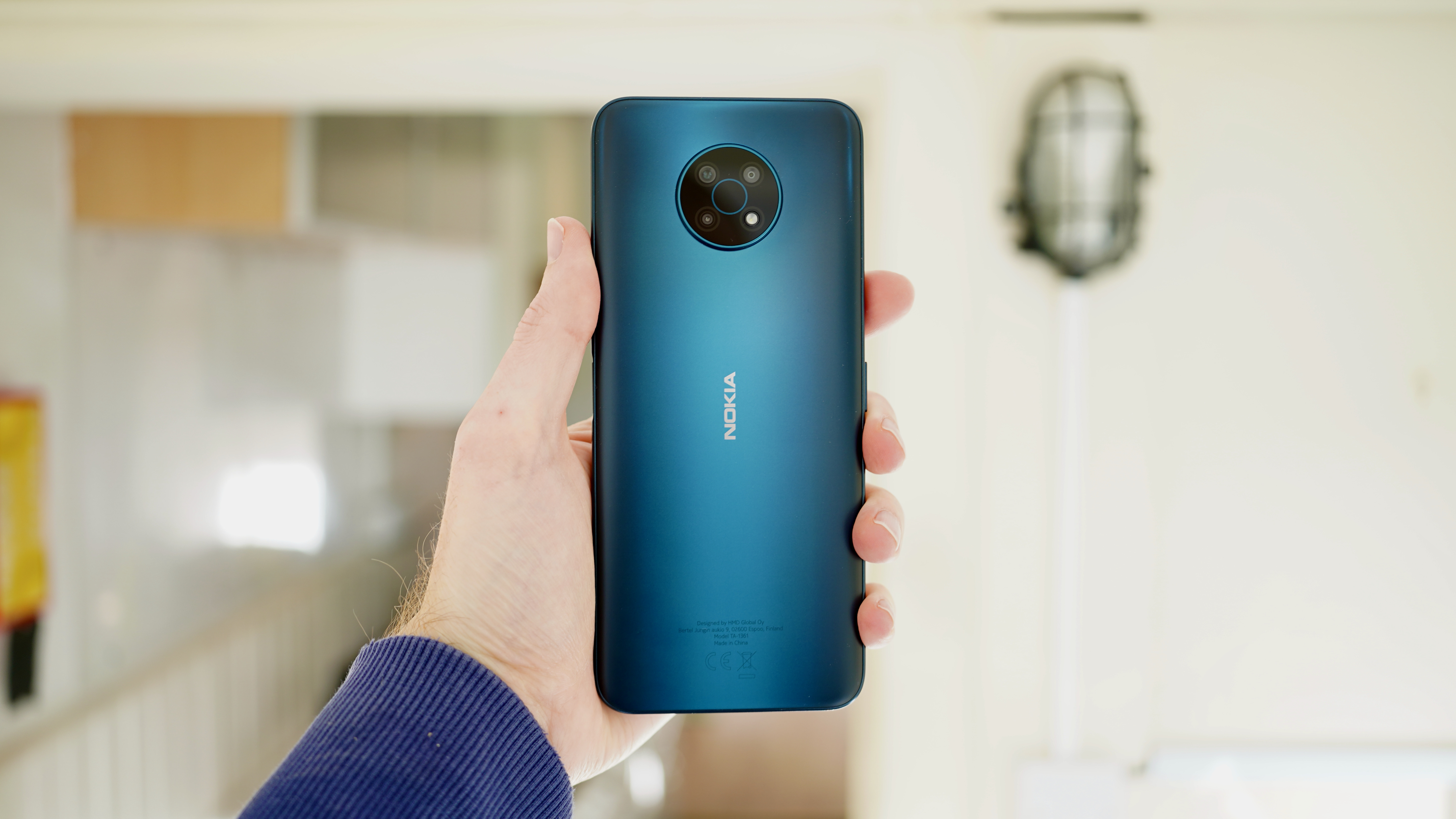
Design
- Thick, heavy chassis
- Relatively premium materials
Since it took the reins of Nokia’s smartphone business, HMD Global has been keen to maintain the brand’s reputation for solid, dependable designs. The Nokia G50 certainly continues that trend.
It’s a very well-built device for the money, with a metal frame and a pleasingly soft-touch and gently curved plastic rear cover.
As good as that rear cover looks and feels out of the box, its subtle sheen and the glowing Ocean Blue shade of our model (you can also buy it in Midnight Sun) combine to make it highly susceptible to sweaty fingerprints.
One trait the Nokia G50 shares with other recent Nokia phones is size. It’s a big boy alright, with a 173.8 x 77.7mm footprint and a considerable thickness of 8.9mm. Meanwhile, the phone weighs a quite startling 220g.
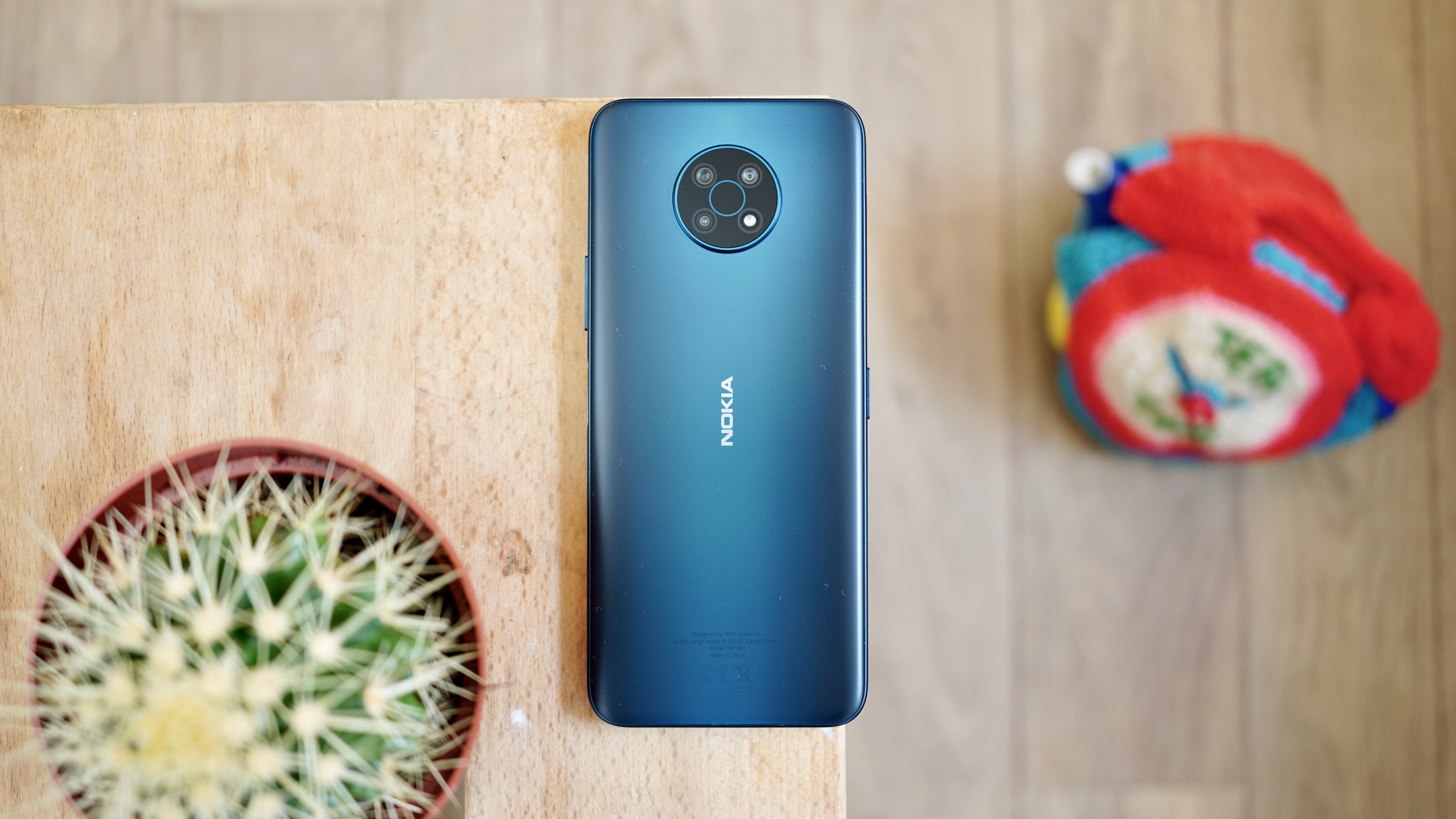
Just to compare that with some of its contemporaries, the Realme 8 5G weighs 185g, the Xiaomi Redmi Note 10 5G weighs 190g, and the Moto G50 weighs 192g. It’s quite the difference, and it’s one that doesn’t flatter the Nokia.
Not that the Nokia G50 is unpleasant to wield. Along with those premium-feeling materials, the manufacturer has been smart about its button placement.
The power button, which also happens to house a speedy and reliable fingerprint sensor, has been positioned halfway up the right edge of the device, making it easy to reach. It sits in a slight dip too, which makes it easy to distinguish from the volume rocker above it.
HMD Global has once again given us a dedicated Google Assistant button on the opposite edge, which feels as superfluous as ever. But the 3.5mm headphone jack is a welcome inclusion on the top edge.
Display
- 6.82-inch LCD is large and bright
- 720p resolution isn’t optimal
- Only a 60Hz refresh rate
The Nokia G50’s display is absolutely huge by almost any standard. At 6.82-inches, it’s even larger than super-flagship behemoths like the Samsung Galaxy S21 Ultra and the iPhone 13 Pro Max.
Those are the first and last times we could really compare such phones to the Nokia G50 in all good conscience. Aside from brightness, where the Nokia G50 hits a respectable 450 nits in typical usage, it’s found rather wanting in all the ways that matter.
This is an IPS LCD display, and not a particularly vibrant example at that. There’s a slightly washed out, faded look to content viewed on the Nokia G50, with slightly orangey reds and pale greens - at least when compared to an OLED.
More problematic is the fact that it doesn’t get nearly sharp enough, which that huge canvass only accentuates. With a resolution of 720 x 1560, aka HD+ or 720p, it produces a pitiful 252 pixels per inch.
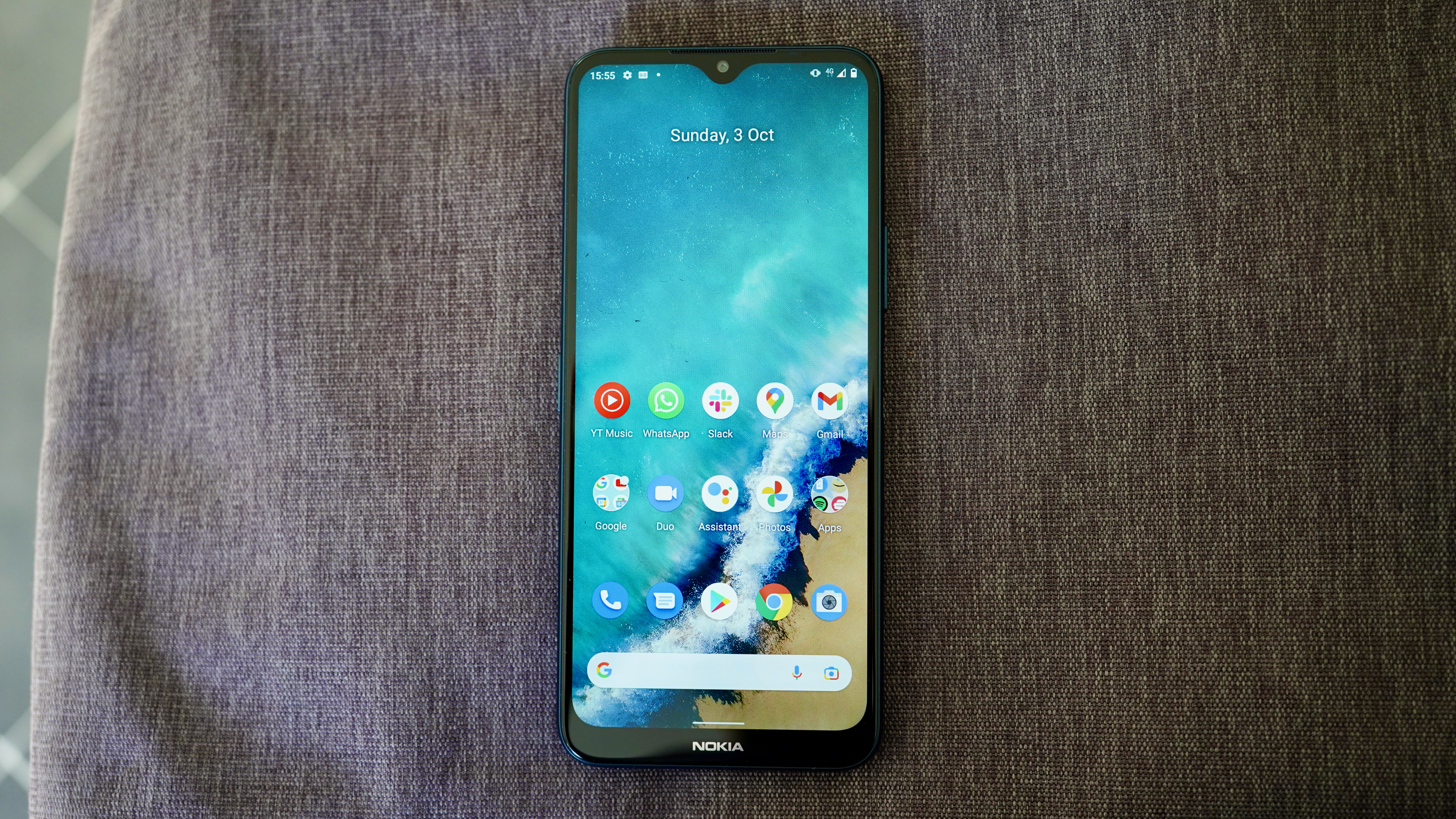
Another retrograde step is the inclusion of a mere 60Hz refresh rate. Scrolling through content feels sluggish and blurry here.
This isn’t an elitist point either. The Realme 8 5G, the Redmi Note 10 5G, and the similarly named Moto G50 all offer similarly priced 5G packages, yet still manage to include an elevated 90Hz refresh rate with it.
If you’re willing to drop the 5G, you can even bump that figure up to 120Hz with the Xiaomi Poco X3 NFC, or even access OLED panel technology with the Realme 8.
Elsewhere with the Nokia G50 you get a fairly regular 19.5:9 ratio, so widescreen movie content fits quite well in landscape. You’ll have to make do with a teardrop notch eating into the top of the screen though, which seems rather dated in these times of punch-hole cut-outs.
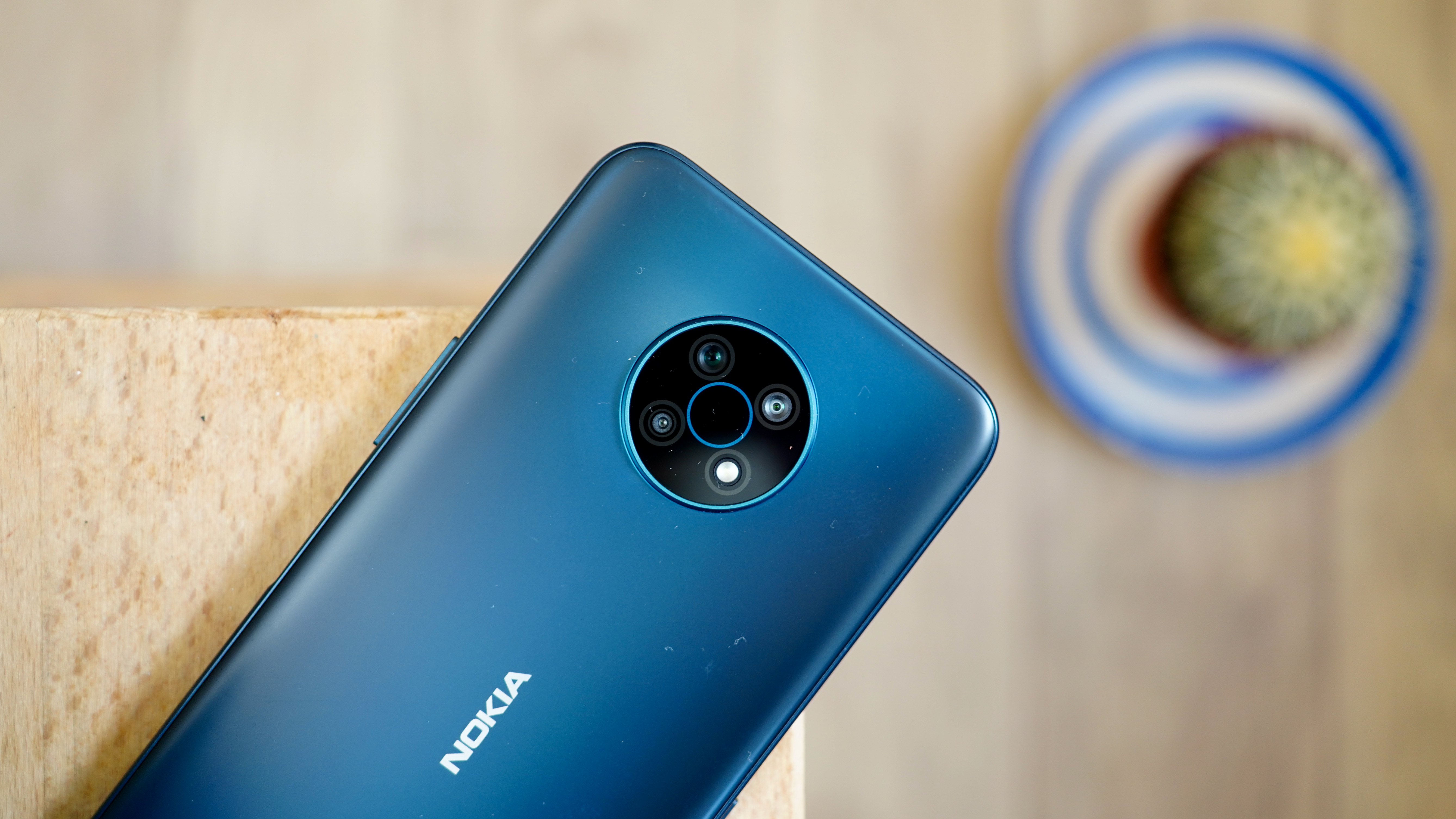
Camera
- 48MP main sensor does an adequate job
- 5MP ultra-wide is way off on tone and detail
As is the somewhat frustrating trend for cheaper phones these days, the Nokia G50 packs in a triple camera system that isn’t really a triple camera system. It’s a dual camera system, and then only just about.
The package is led by a respectable 48MP wide sensor with an f/1.8 aperture. This is backed by a much lesser 5MP ultra-wide and a 2MP depth assistant. The latter really isn’t a camera in its own right.
Selfie duty is handled by an 8MP front-facing camera, stashed in that aforementioned teardrop notch.
Image quality from the 48MP main sensor is solid, with pixel-binning techniques turning out crisp, bright 12MP shots. Snaps look relatively natural, with solid auto-HDR implementation keeping extremes on an even keel.
Take the Nokia G50 into murkier conditions, however, and it’ll start to suffer. Even well-lit indoor shots contain a fair amount of grain, while Night Mode shots lack detail even as they get reasonably bright. There’s a crucial lack of optical image stabilization (OIS) here, of course, which you don’t tend to get in such affordable phones.
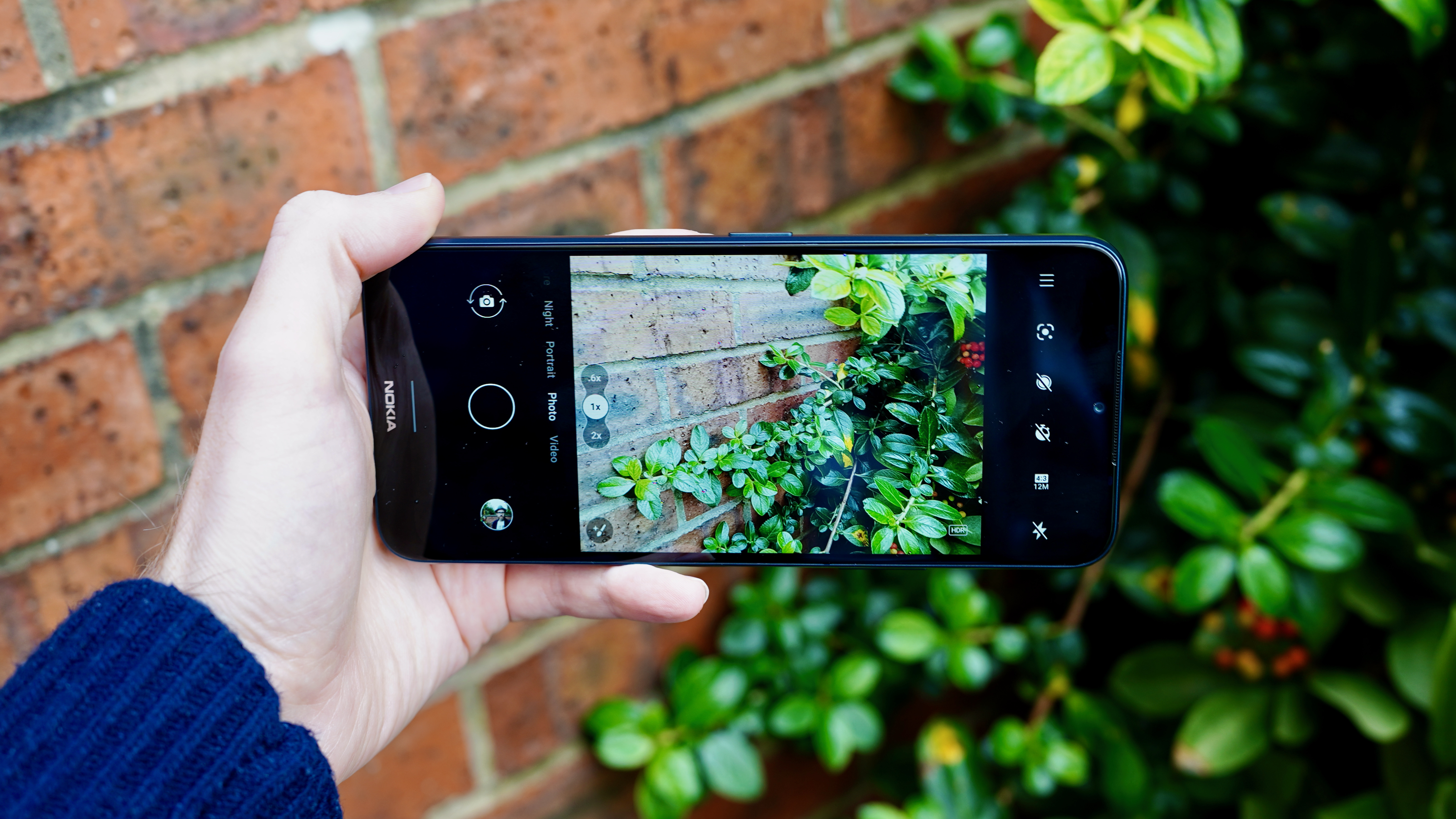
Overall, that 48MP sensor bears all the weight with the Nokia G50. Besides regular shots it’s also pressed into action when taking 2x zoom snaps. These simple crops carry evident amounts of grain, but at least you get some form of tonal consistency.
The same can’t be said for ultra-wide shots, which utilize a much more modest 5MP dedicated sensor. It’s immediately apparent that such snaps are using inferior hardware, with a drop in vibrancy, detail, and contrast.
Selfies don’t look too sharp at all, with smudged skin tones and a general lack of pop. But selfie portrait mode is worse, smudging edge detail on your subject (that’s you) whilst dropping the ball on HDR.
The Nokia G50's camera is fine for the basics, but again, you can get a slight performance bump by shopping in the non–5G market.
Camera samples
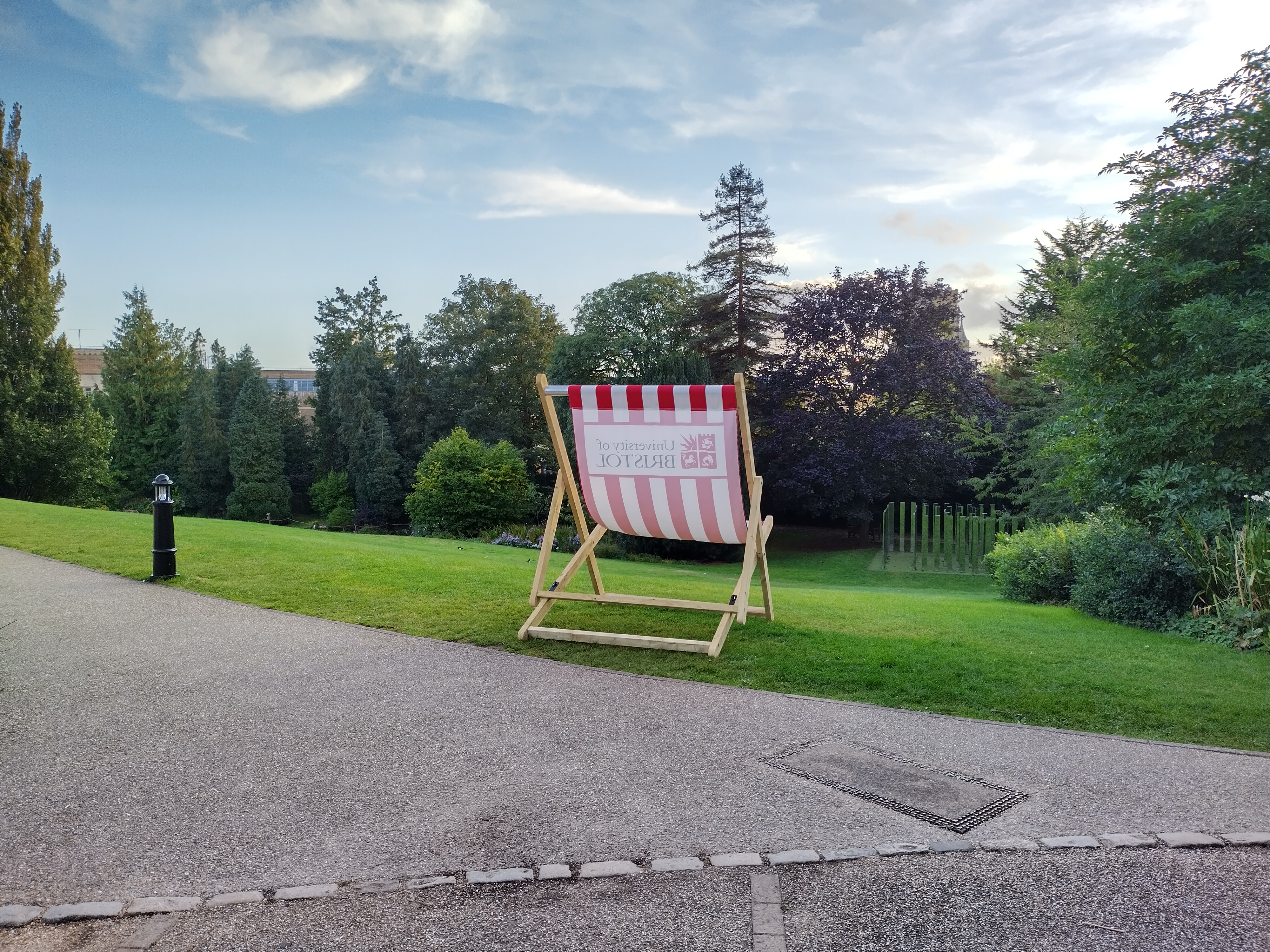
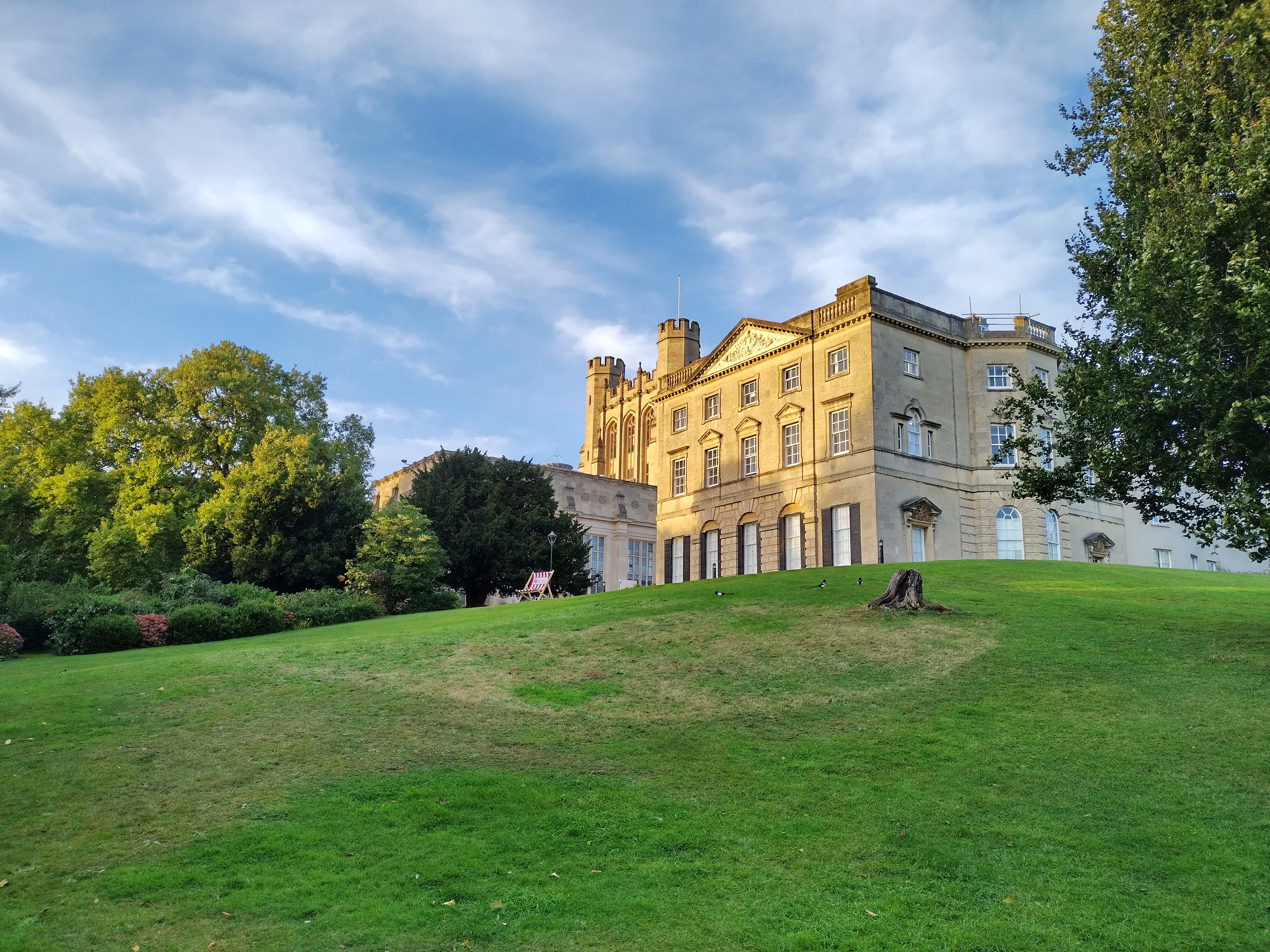
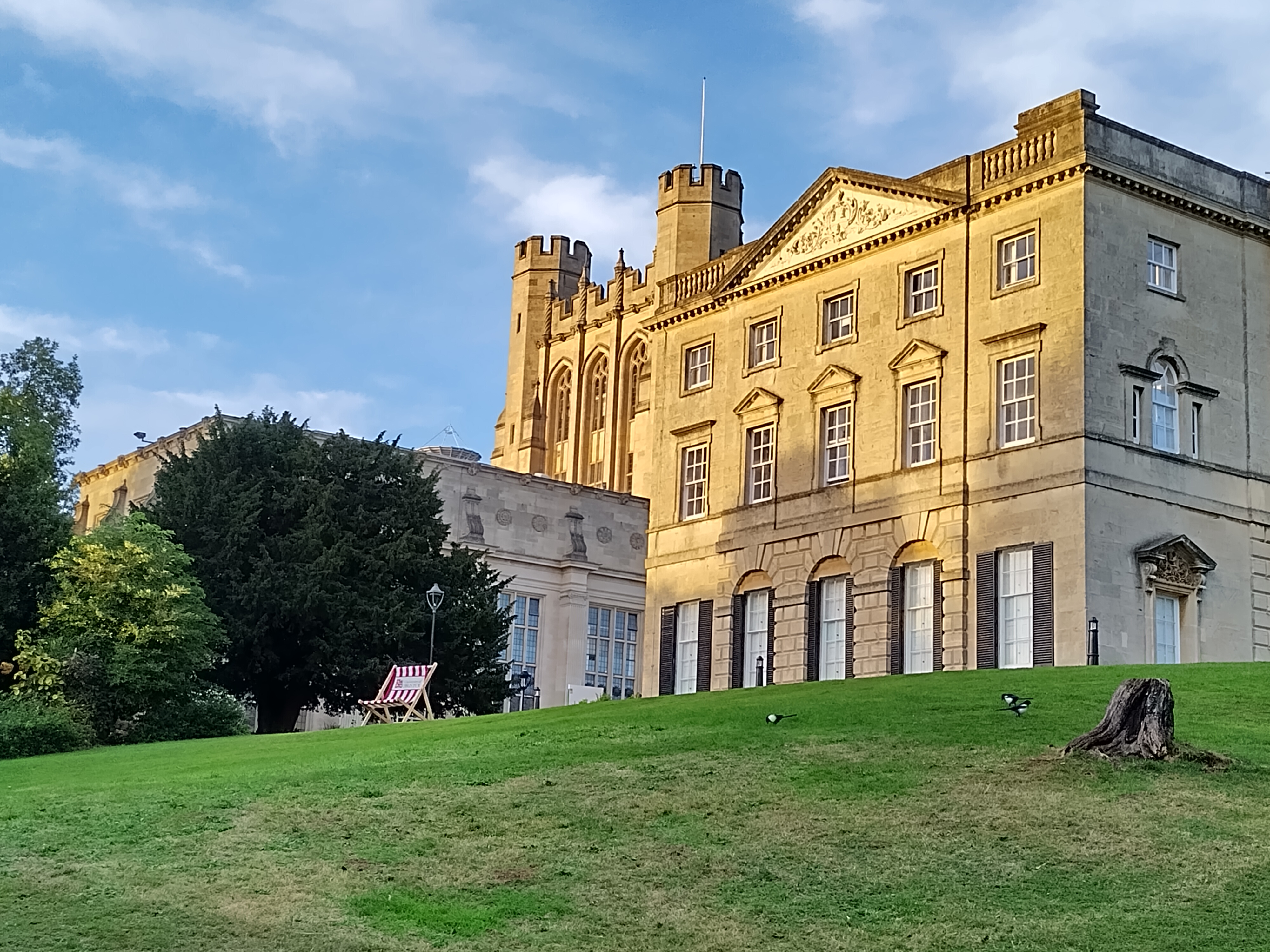
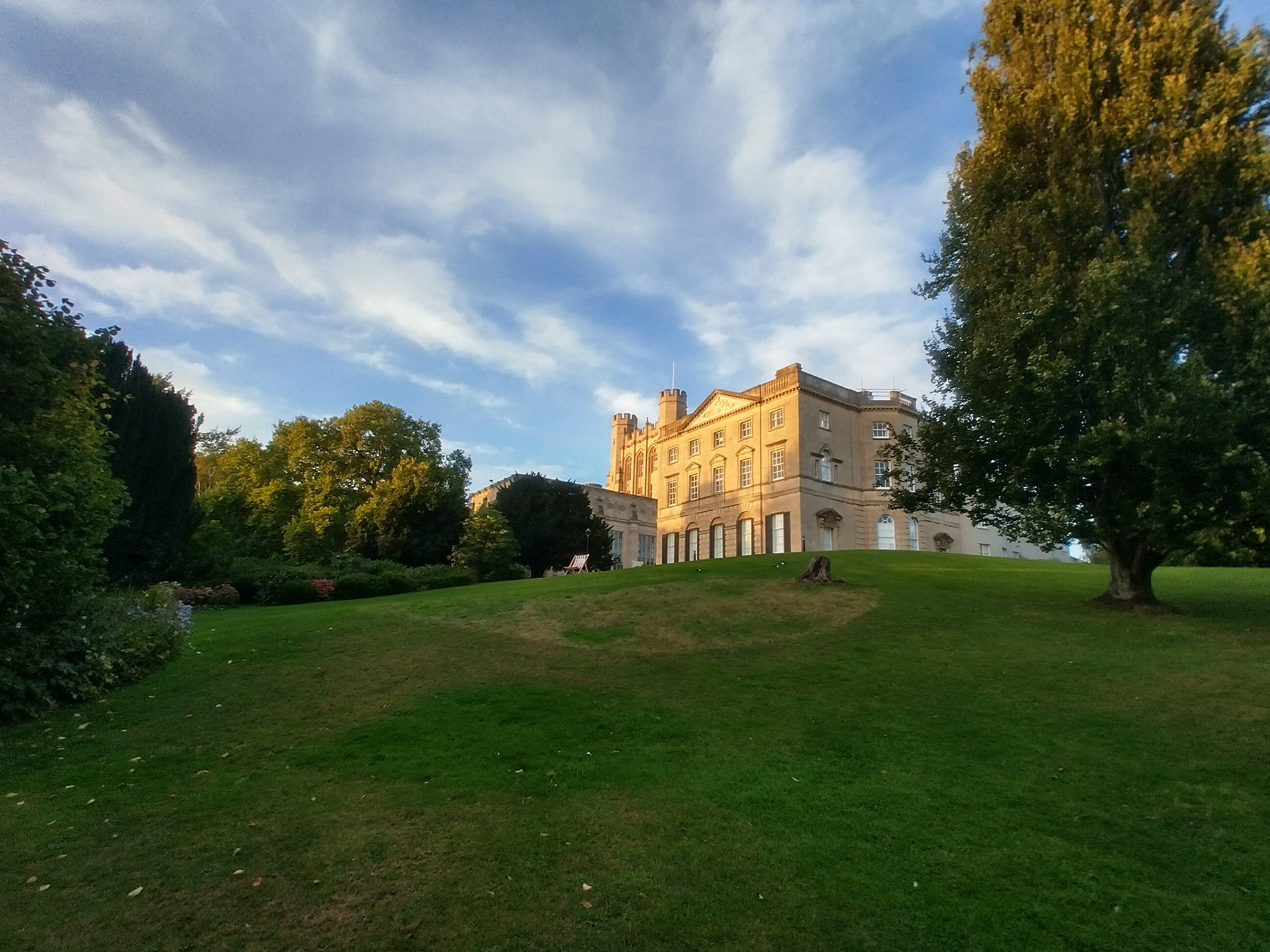
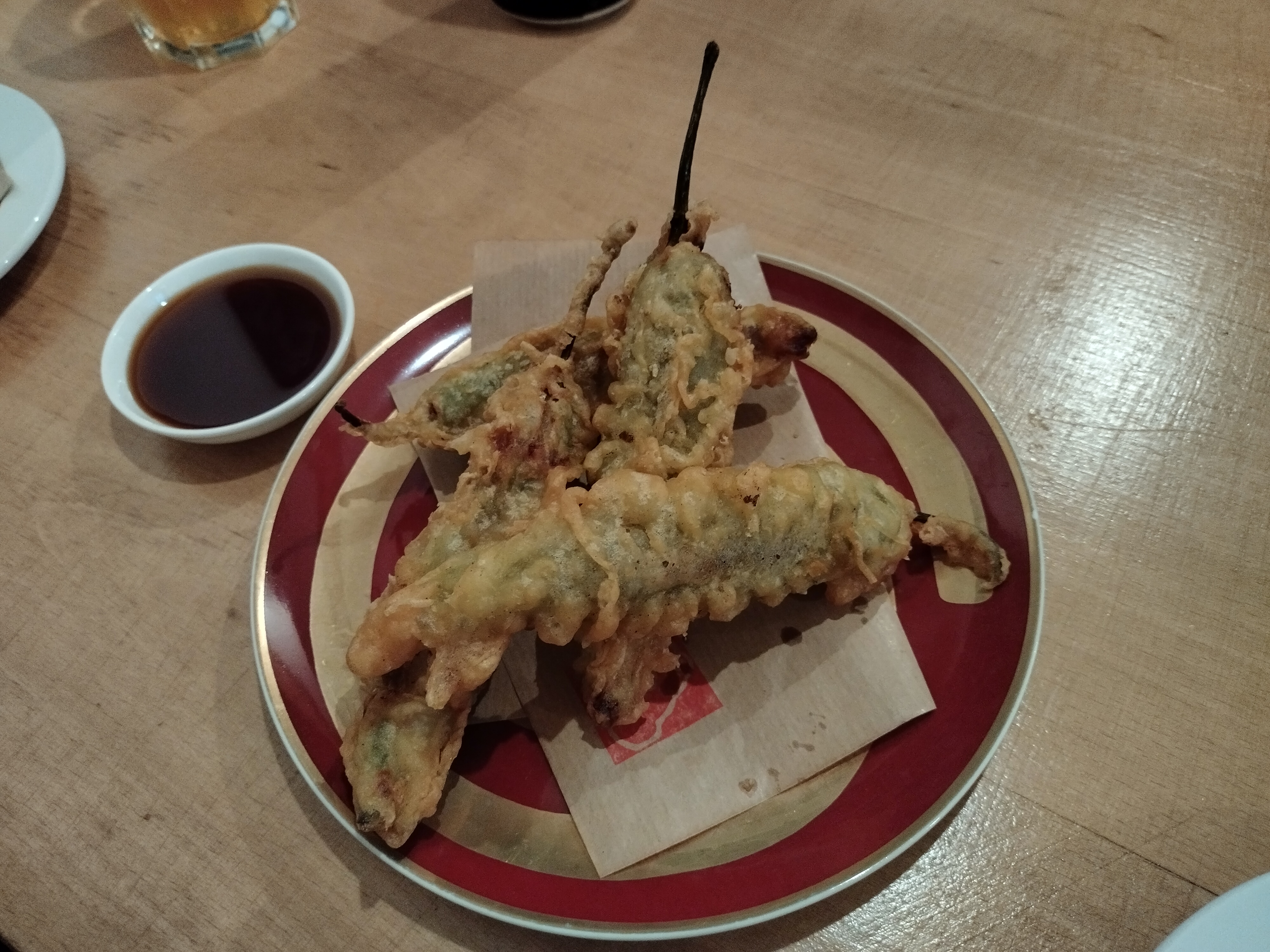


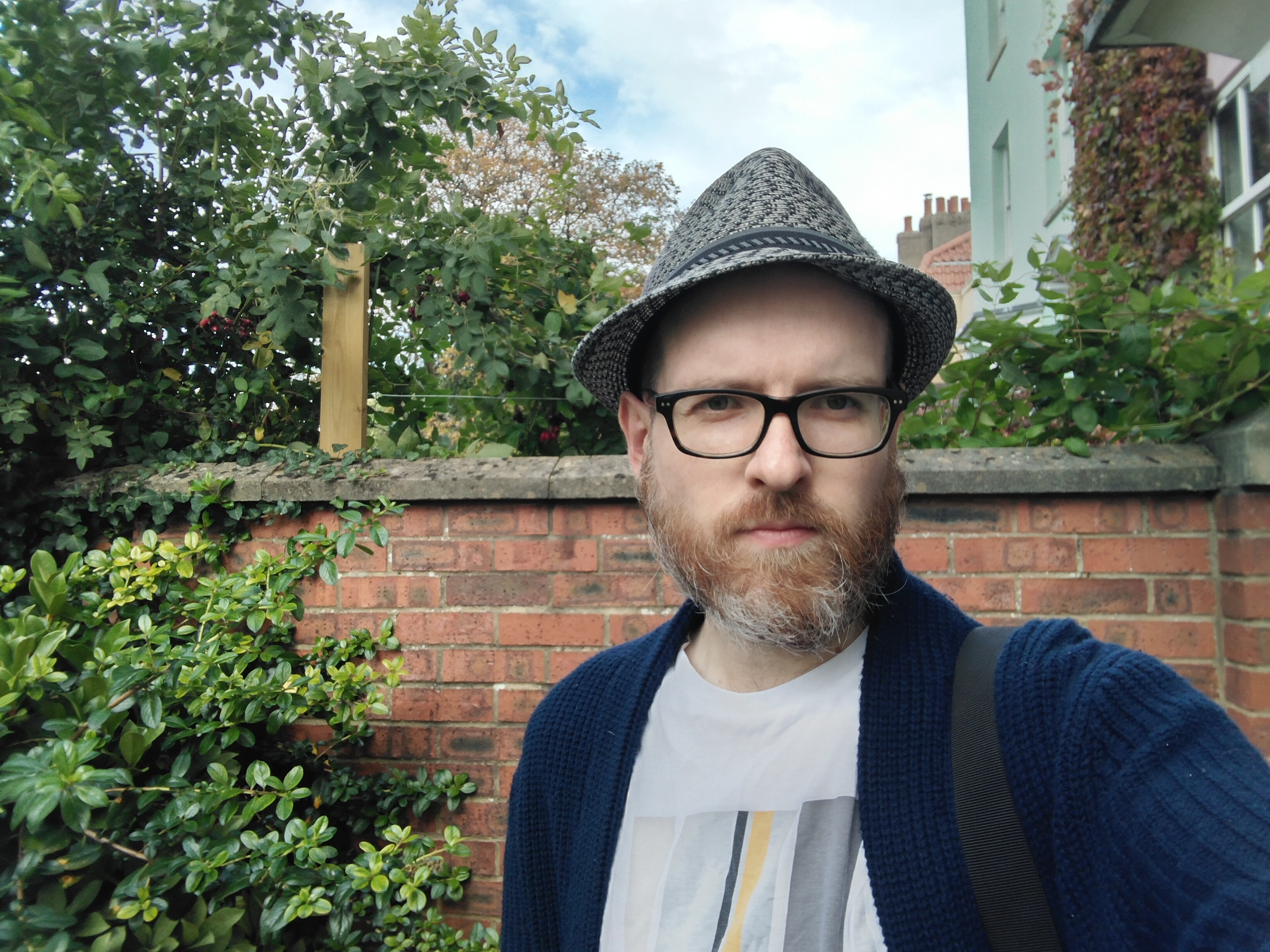
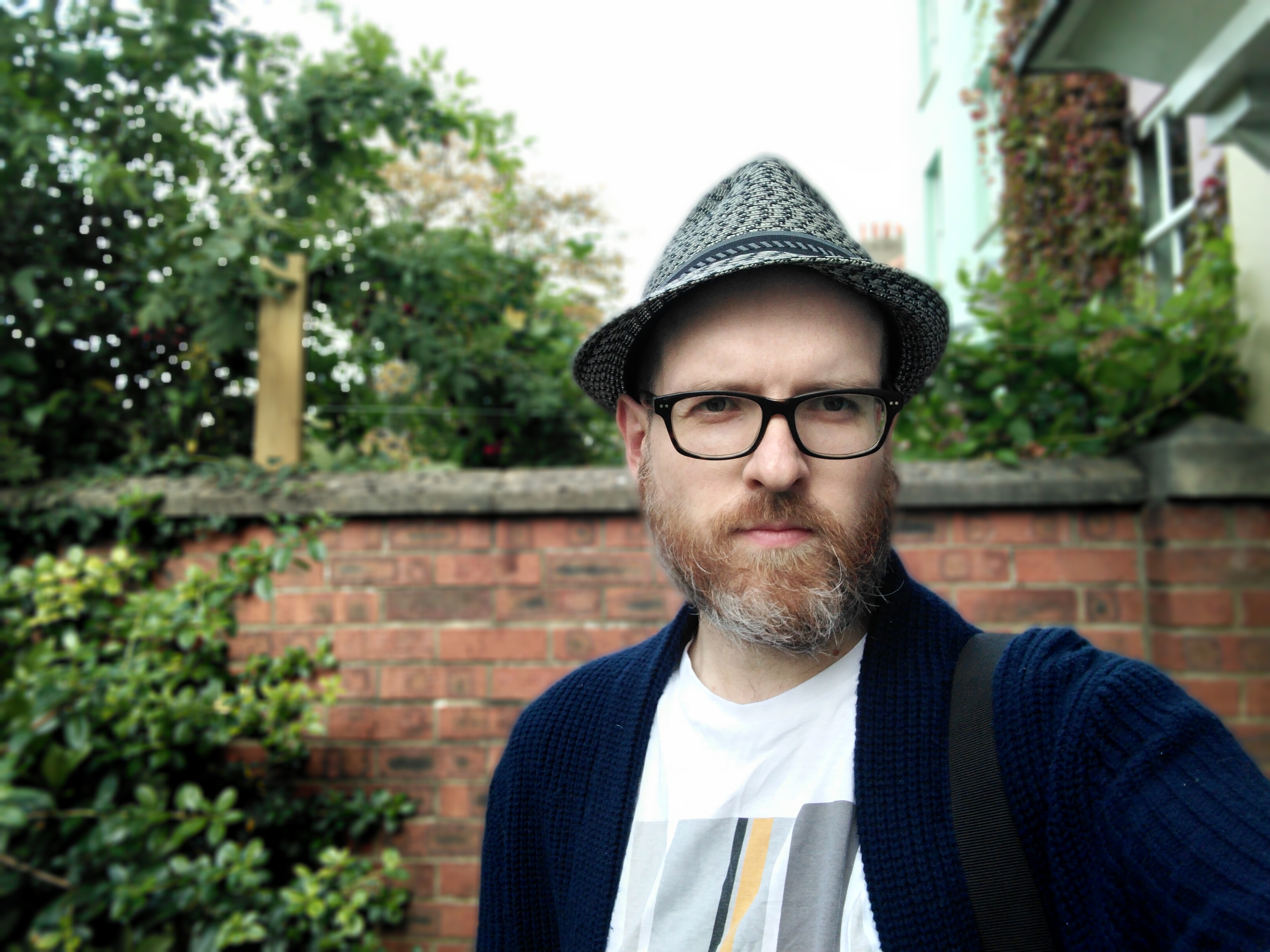
Specs and performance
- Snapdragon 480 5G chipset
- 4GB of RAM
- Clean Android One software
The Nokia G50 runs on a fairly humble Snapdragon 480 5G, which is the same modern entry-level chip that powers the Moto G50, the Nokia XR20, and the Oppo A54 5G.
It’s a solid low-end runner that nonetheless falls a little short of its rivals.
In the Geekbench 5 multi-core CPU test, the Nokia G50 scored an average of 1,560. That compares to 1,677 for the Xiaomi Redmi Note 10 5G and 1,765 for the Realme 8 5G, both of which run on the MediaTek MT6833 Dimensity 700 5G.
Even the Oppo A54 5G, which runs on the same Snapdragon 480, scores 1,664, though it scores about the same as the similarly equipped Moto G50.
You get 4GB with all of the models we’ve seen, though apparently there’s a model with 6GB out there. It’s unlikely to make a massive difference to day-to-day performance, which is adequate.
With such a setup, gaming is possible on the Nokia G50. But we wouldn’t choose this phone if this was a major priority. The Poco X3 NFC will do you much better for similar money, at the expense of 5G connectivity.
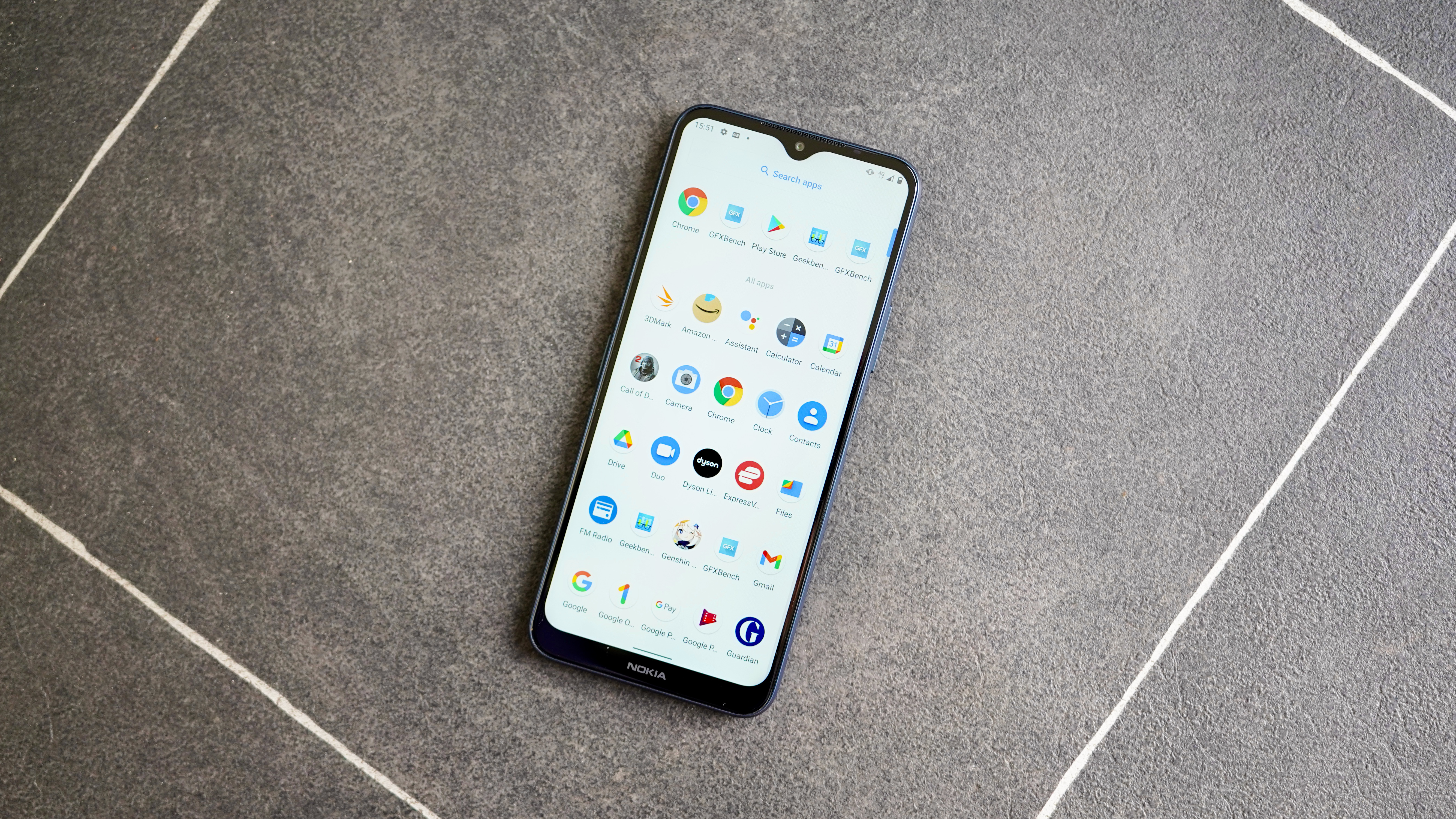
Call of Duty: Mobile defaults to High graphical settings, which is roughly the middle tier of what’s on offer. With these and the higher HD texture package installed, we achieved a solid frame rate.
On the storage front, UK users currently get 64GB, while US and Australian users get 128GB. Whether there’ll be wider availability in each of the territories through Nokia or third-party retailers remains to be seen. Either way, there’s a microSD card slot for expansion purposes.
One of the key advantages for any Nokia-branded phone these days is the brand’s commitment to Android One, an extremely clean and unadorned version of Google’s mobile OS.
There’s no overbearing custom UI, as with the Oppo A15 or the Xiaomi Redmi Note 10 5G. It’s just pure Android, with Google’s stock apps and widgets serving your basic needs for email, photos, file management, music and the like.
There are a handful of additional apps, but they’re largely obvious inclusions like Netflix and Spotify, and they’re stashed away in their own separate app folder.
The company also promises two years of Android upgrades with this phone, which is another appealing facet of this brand’s whole trustworthy angle.
Battery life
- 5,000mAh battery for genuine two-day stamina
- 18W support, but only a 10W charger in the box
Battery life is the Nokia G50’s key weapon. It packs a large 5,000mAh cell, and puts it to excellent use.
Together with the phone’s low-res display and low-power processor, we were able to get a full two days of moderate usage out of the G50, just as Nokia claims.
More specifically, a 16-hour day with three hours of screen-on time (what we’d call light to moderate usage) left us with an impressive 70% left in the tank. That’s genuinely excellent.

Though it’s great in general mixed use, however, the Nokia G50 fails to escape its low-budget roots when it comes to sustained media consumption. The TechRadar battery test, which involves a 90-minute looping 720p video with the screen brightness cranked up to full, sapped 15% of a full charge here.
The Xiaomi Redmi Note 10 5G, with a similar hardware setup, lost 10% in the same test.
When it comes to recharging, the Nokia G50 supports 18W fast charging, just like the Realme 8 5G and the Redmi Note 10 5G. However, unlike those rivals, you only get a 10W charger in the box.
That’s an improvement on the likes of the Nokia X20, which doesn’t give you any brick at all, but it still feels ever so slightly deceptive.
Should you buy the Nokia G50?

Buy it if...
You demand 5G for your $300/£200
The Nokia G50 joins a growing group of affordable phones offering 5G connectivity. Alongside the likes of the Realme 8 5G, the Redmi Note 10 5G, and the Moto G50, it’s one of the cheapest way to get broadband-level data speeds.
You want a cheap phone that lasts
Nokia’s promise of two-day battery life is right on the money. If you want to be able to last two full days between charges, the Nokia G50 won’t let you down.
You want a slick interface
With its bloat-free Android One software, the Nokia G50 packs an intuitive and attractive interface. It will also get a couple of major updates to new Android versions.
Don't buy it if...
You consume a lot of media on the go
The Nokia G50’s screen might be large, but it’s not very sharp. A resolution of 720p or HD+ doesn’t show off video content at its finest.
You’re a committed gamer
Besides that low resolution display, the Nokia G50 lacks the strong processor for truly high-end gaming. It’ll play games fine, but you can do better for the money.
You want a slim, lightweight handset
At 8.9mm thick and 220g the Nokia G50 is neither slim nor light, and its big 6.82-inch screen makes it large in the hand too. This is one hefty, chunky phone.
First reviewed: October 2021
